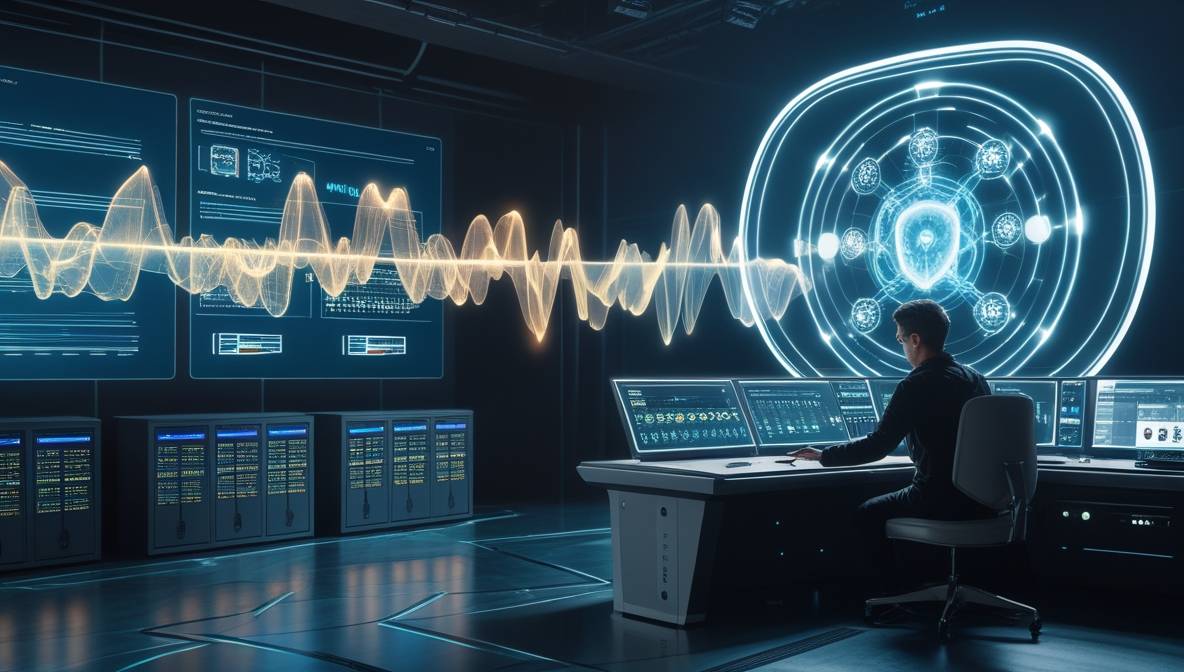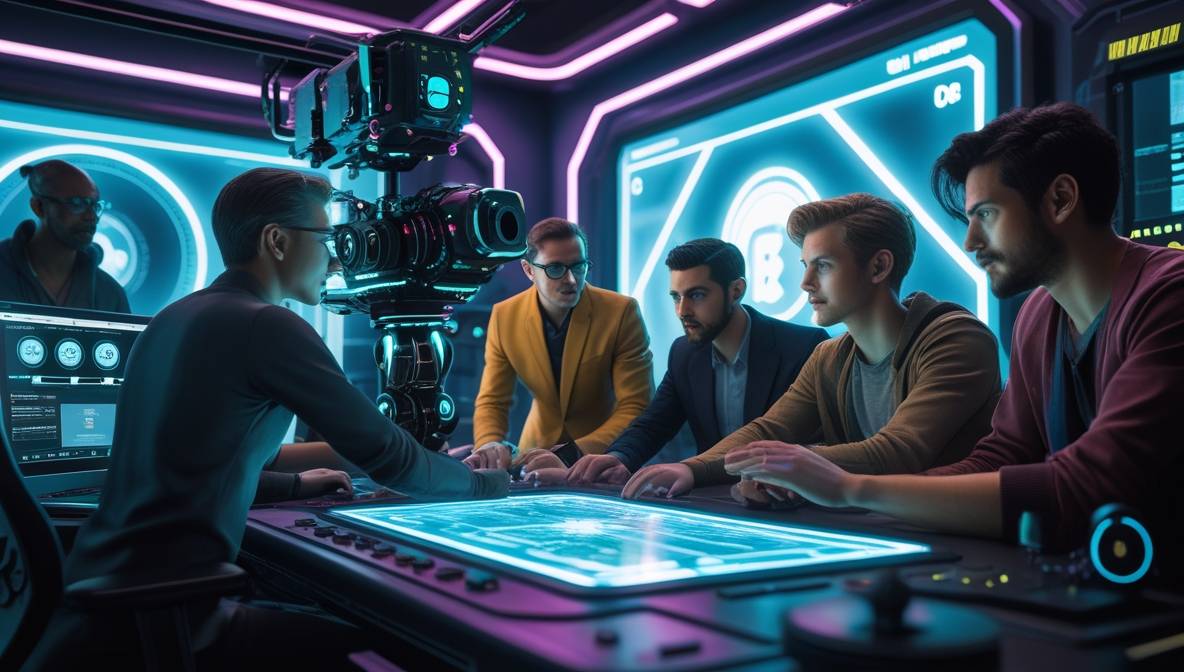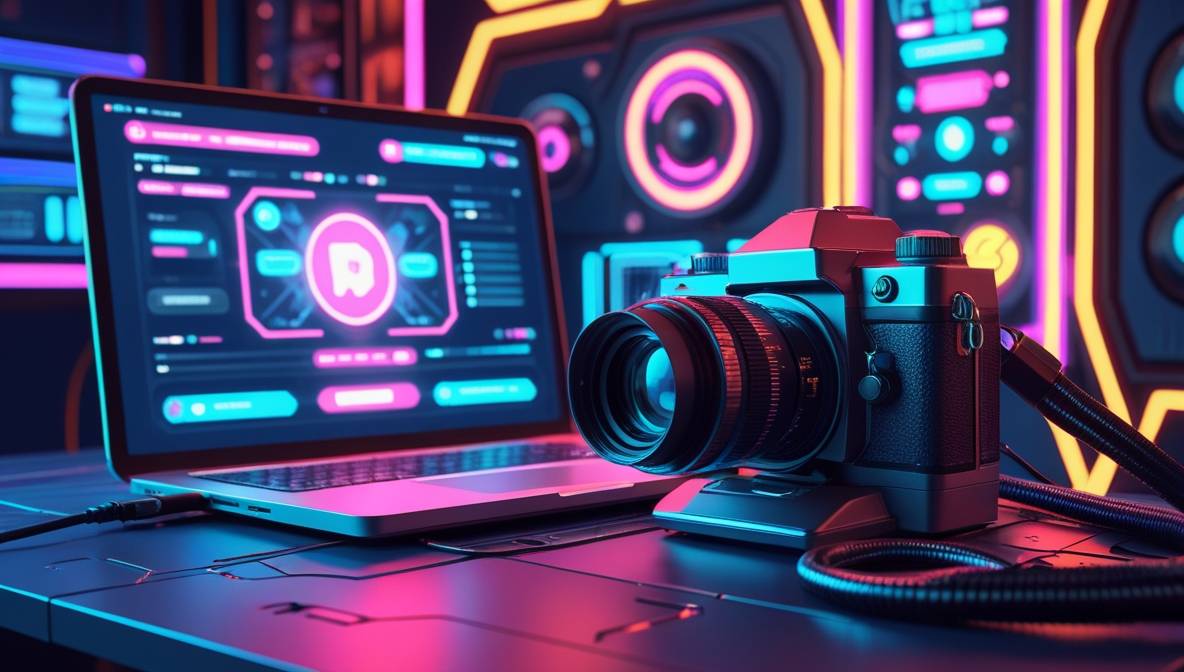Selecting the right camera for movie shooting remains critical for achieving cinematic quality. With evolving technology, filmmakers face endless options, each catering to specific needs. Below, we analyze four industry-leading cameras, their features, and ideal use cases to help you make an informed decision.
Blackmagic Design Pocket Cinema Camera
Key Features
- Resolution: 4K DCI (4096 x 2160)
- Sensor: Micro Four Thirds
- Dynamic Range: 13 stops
- Recording Formats: Blackmagic RAW, ProRes
- Lens Mount: Micro Four Thirds
The Blackmagic Pocket Cinema Camera balances affordability with professional-grade output. Its compact design suits indie filmmakers and documentary creators needing mobility without sacrificing quality. The built-in RAW recording provides flexibility in post-production, ideal for projects requiring detailed color grading.
Pros
- Lightweight and portable
- Affordable entry into RAW workflows
- Compatible with a wide range of lenses
Cons
- Limited battery life
- No built-in ND filters
Price: $1,295 (body only)
For lens compatibility, explore our guide to budget Canon EOS C70 lenses.
Sony A7S III
Key Features
- Resolution: 4K UHD (3840 x 2160)
- Sensor: Full-frame
- Dynamic Range: 15+ stops
- Frame Rates: 4K at 120 fps
- Autofocus: Real-time Eye AF
The Sony A7S III excels in low-light conditions, making it a favorite for night shoots and run-and-gun scenarios. Its 120 fps 4K capability allows seamless slow-motion capture, while the advanced autofocus system ensures sharp tracking of moving subjects.
Pros
- Superior low-light performance
- Reliable autofocus
- Long battery life
Cons
- 8K recording not supported
- Limited anamorphic support
Price: $3,498 (body only)
Discover how to maximize Sony’s autofocus in our Sony A7S III review.
Canon EOS C70
Key Features
- Resolution: 4K DCI (4096 x 2160)
- Sensor: Super 35mm
- Dynamic Range: 16 stops
- Autofocus: Dual Pixel CMOS AF II
- Built-In ND Filters: 2-10 stops
The Canon EOS C70 merges cinema and mirrorless technologies. Its RF mount supports high-quality lenses, while built-in ND filters simplify exposure adjustments. The camera’s ergonomic design suits long shooting days, favored by documentary crews and commercial producers.
Pros
- Built-in ND filters
- Excellent dynamic range
- Robust autofocus
Cons
- Crop factor in 4K/120p mode
- No RAW internal recording
Price: $5,499 (body only)
Pair this camera with lenses from our Sony A7III lens recommendations.
RED Komodo
Key Features
- Resolution: 6K (6144 x 3240)
- Sensor: Super 35mm
- Dynamic Range: 16+ stops
- Frame Rates: 6K at 40 fps
- Form Factor: Compact modular design
The RED Komodo targets high-budget productions requiring 6K resolution and cinematic depth. Its global shutter eliminates rolling shutter distortion, perfect for action sequences. The modular system allows customization with external monitors and grips.
Pros
- 6K resolution
- Global shutter
- Modular adaptability
Cons
- High price point
- Steeper learning curve
Price: $5,995 (body only)
Learn about its applications in our RED Komodo breakdown.
Comparison Table
| Feature | Blackmagic Pocket | Sony A7S III | Canon EOS C70 | RED Komodo |
|---|---|---|---|---|
| Resolution | 4K DCI | 4K UHD | 4K DCI | 6K |
| Sensor Size | MFT | Full-frame | Super 35mm | Super 35mm |
| Max Frame Rate | 60 fps | 120 fps | 120 fps | 40 fps |
| Dynamic Range | 13 stops | 15+ stops | 16 stops | 16+ stops |
| Price Range | $1,295 | $3,498 | $5,499 | $5,995 |
How to Choose the Right Camera
- Budget: Entry-level projects may prioritize the Blackmagic Pocket, while high-end films justify the RED Komodo.
- Resolution Needs: Opt for 6K if future-proofing; 4K suffices for most current deliverables.
- Low-Light Performance: Sony A7S III leads here.
- Workflow: Consider codecs and post-production flexibility. RAW formats demand robust editing systems.
For personalized advice, consult our videography services.
Explore More
For inquiries, visit our contact page or learn about our movie-making services.



